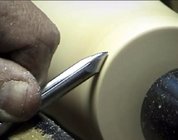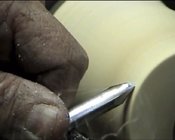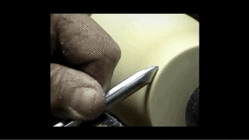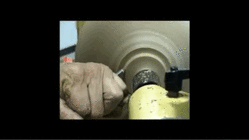I bought a 1/2 detail spindle gouge from turners edge. being a beginner I thought I was doing something wrong I can’t get it to cut I have to force it to make a dovetail I was at my turning group today and ask about it and 2 other people said they have set them aside and don’t use them for the same reason has anyone ran into this and found a reason or cure for this problem I have run into
And I am in no way putting down this tool or brand just looking for help to make it work as it was over $100
And I am in no way putting down this tool or brand just looking for help to make it work as it was over $100




